Step 1: Selection of adapted and resistant varieties – Choose varieties which are well adapted to the local environmental conditions. Use safe seeds which have been inspected for pathogens and weeds at all stages of production.
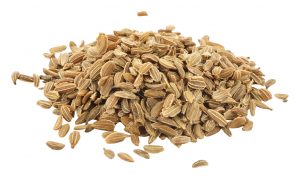
Step 2: Use of suitable cropping systems
- Mixed cropping systems – These can limit pest and disease pressure as the pest has less host plants to feed on and more beneficial insect life in a diverse system.
- Crop rotation – This reduces the chances of soil borne diseases and increases soil fertility.
- Green manuring and cover crops – This increases the biological activity in the soil and can enhance the presence of beneficial organisms.
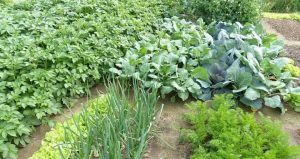
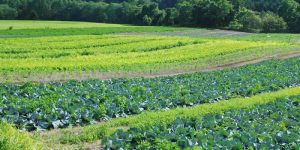 Step 3: Input of organic matter – Increases micro-organism density and activity in the soil, thus decreasing population densities of pathogenic and soil borne fungi. Farm yard manure, Vermicompost, Bio Fertilizers and other Biological inputs will increase the Organic matter in soil.
Step 3: Input of organic matter – Increases micro-organism density and activity in the soil, thus decreasing population densities of pathogenic and soil borne fungi. Farm yard manure, Vermicompost, Bio Fertilizers and other Biological inputs will increase the Organic matter in soil.

Step 4: Application of suitable soil cultivation methods – Facilitates the decomposition of infected plant parts and regulate weeds which serve as host for pest and diseases.
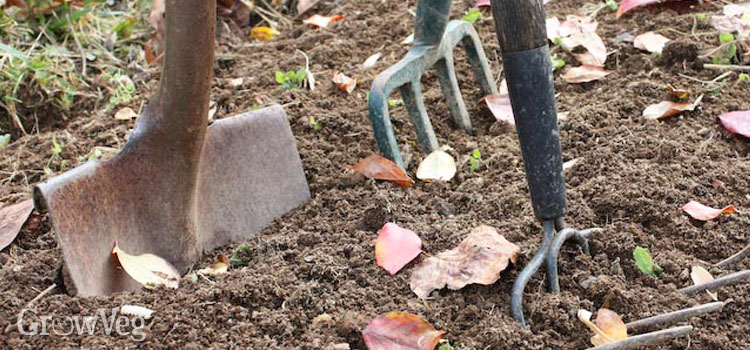
Step 5: Use of good water management – No water logging
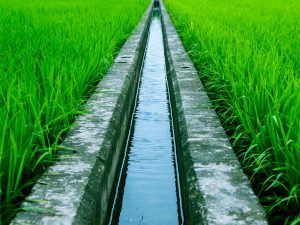
Step 6: Conservation and promotion of natural enemies – Avoid using products which harm natural enemies.
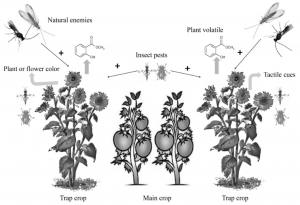
Step 7: Selection of optimum planting time and spacing – Sufficient distance between the plants reduces the spread of a disease.
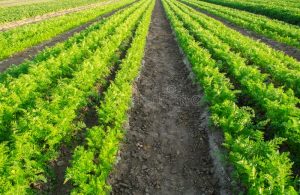
Step 8: Use of proper sanitation measures – Remove infected plant parts. Eliminate residues of infected plants after harvesting.
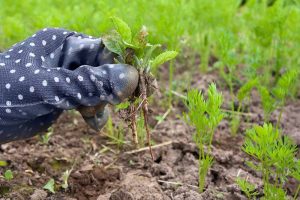
Step 9: Organic Pest and Disease Management – Control weeds, pests and diseases using physical, cultural and biological methods.
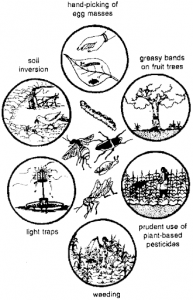
Step 10: Maintenance of livestock – Aids in preparation of bio manures in our own field.
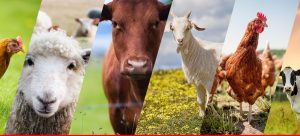
The transition from conventional to Organic Farming requires numerous changes. One of the biggest changes is in the mindset of the farmer.
Conventional approaches often involve the use of quick-fix remedies that, unfortunately, rarely address the cause of the problem. Transitioning farmers generally spend too much time worrying about replacing synthetic input with allowable Organic product instead of considering management practices based on preventative strategies.
Here are a few steps new entrants should follow when making the transition to Organic Farming:
A) Understand the basics of Organic Agriculture and the Organic Farming Standards
Transitional producers should be prepared to read appropriate information, conduct their own trials and participate in formal and informal training events.
B) Identify resources that will help you
Existing Organic Farmers are generally very helpful in sharing valuable technical information. Producers should also contact agrologists, veterinarians and other agricultural and financial consultants, in order to learn ways to improve their current farming practices.
C) Plan your transition carefully
Develop a transitional plan with clear and realistic goals. Identify your strengths and weaknesses. Consider ways to address any weaknesses, while building on strengths.
D) Understand your soil and ways to improve them
Since soil is the heart of the Organic Farming system, it is crucial that new entrants understand the various characteristics and limitations of the soils found on their farm. Fields with good drainage, good level of fertility and organic matter, adequate pH, biological health, high legume content and with less weed and pest pressure are excellent assets.
E) Identify the crops or livestock suited for your situation
Before growing a crop or raising any livestock, consider the following: degree of difficulty to grow or raise the product organically, land and soil suitability, climate suitability, level of demand for the product, marketing challenges, capital required, current prices for conventional, transitional and organic products, and profitability over additional workload.
F) Design good crop rotations
Once the crops are chosen, carefully plan the crop rotation(s) and select the most suitable cover crops (green manure, winter cover crops, catch crops, etc.).
Crop rotations are extremely important management tools in organic farming. They can interrupt pest life cycles, suppress weeds, provide and recycle fertility, and improve soil structure and tilth.
G) Identify pest challenges and methods of control
It is important to know the crop’s most common pests, their life cycles and adequate control measures. There are several measures available to reduce pest pressure: crop rotation, variety selection, sanitation, floating row covers, catch crops, flamers, introduction of beneficial insects and bio pesticides.
H) Be ready to conduct your own on-farm trials
Successful organic farmers continuously try new and/or innovative management practices. Practices such as cover cropping, inter-planting, and use of various soil and pest control materials need to be evaluated regularly by organic farmers. Be prepared to try new approaches.
I) Be ready to keep good records
Record keeping is one of the most important requirements to maintain organic integrity. Farmers are expected to keep detailed production, processing and marketing information.
